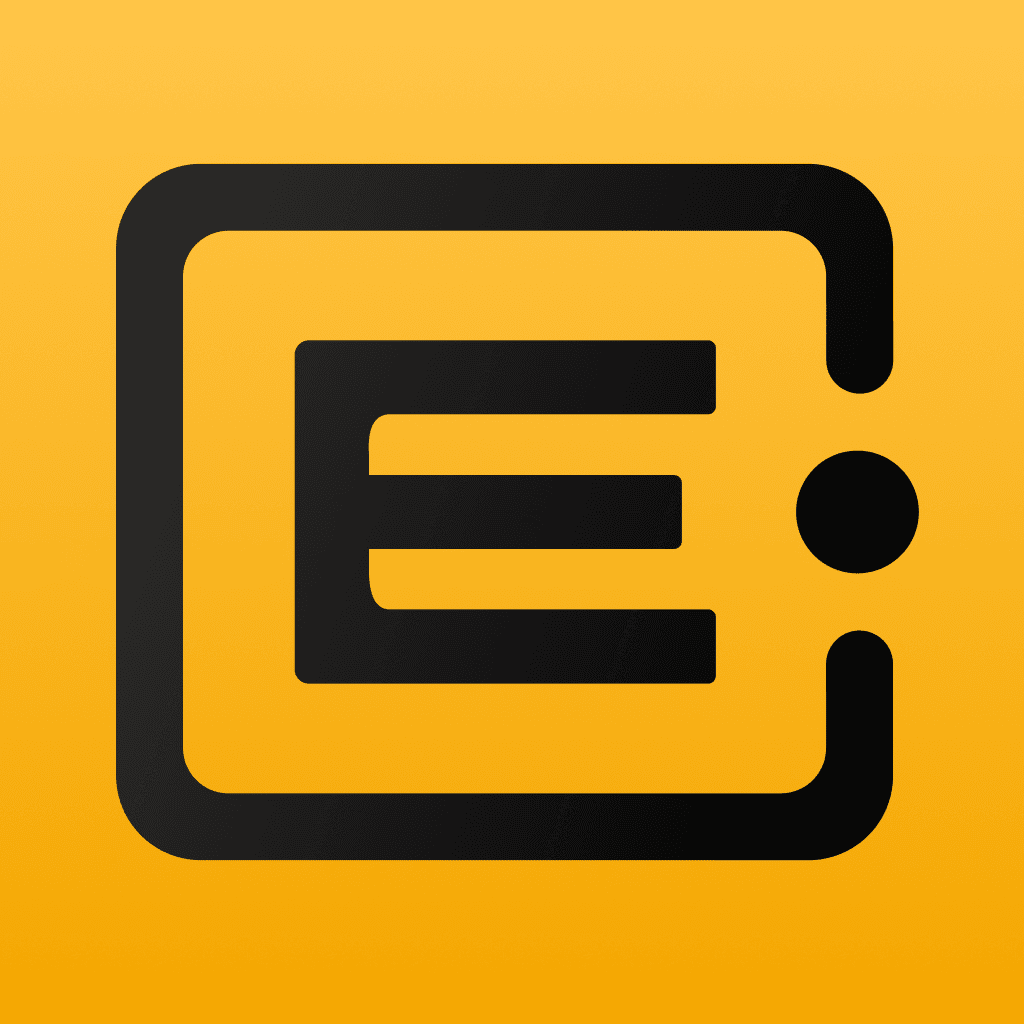How I Built a Fully Functional Payroll System Using ERP AI – Faster Than You’d Expect
 ERP•AI Bureau
ERP•AI BureauPayroll processing is complex—managing salaries, taxes, leaves, and attendance can be overwhelming without the right system. Instead of relying on outdated spreadsheets or rigid software, I built a custom Payroll System using ERP•AI, a no-code platform for seamless app creation.
With ERP•AI’s intelligent agents, I automated payroll, taxation, leave management, and attendance tracking effortlessly. In this blog, I’ll show you how I built it—proving how powerful and flexible ERP•AI is for payroll automation.
Payroll System
Step 1: Build an App Using the 'Create App Agent'
I started with the Create App Agent to lay the groundwork for my Payroll System. To ensure clarity and efficiency, I crafted a structured prompt outlining key functionalities. Using ChatGPT, I refined it for both AI and human readability.
Here’s the prompt I used:
Create a Payroll Management System
Design a Payroll Management System for HR teams, finance managers, and administrators. The system should streamline payroll processing, automate tax calculations, integrate attendance and leave tracking, and provide insightful payroll analytics.
Key Features:
1. Employee & Payroll Management
- Maintain a database of employees with details such as name, department, designation, salary structure, and tax information.
- Support different pay structures (hourly, salaried, contract-based).
- Track promotions, bonuses, and salary revisions.
- Maintain a database for earnings and deductions that link to payroll calculations.
2. Attendance & Leave Integration
- Integrate with attendance tracking systems to fetch working hours, overtime, and leaves.
- Auto-adjust payroll based on leaves, holidays, and overtime.
- Set up policies for deductions and additions based on attendance records.
3. Payroll Processing & Salary Calculation
- Auto-generate salary with detailed breakdowns (basic pay, allowances, deductions, net pay).
- Handle statutory deductions like income tax, provident fund (PF), and insurance contributions.
4. Tax Compliance & Deductions
- Calculate income tax, provident fund, and other statutory deductions based on location-specific regulations.
- Generate tax reports for employee filings.
- Automate submission of tax documents to regulatory authorities.
5. Reports & Analytics
- Generate reports on payroll expenses, salary trends, and tax deductions.
- Dashboard for real-time insights into payroll distribution.
- Forecast future payroll costs based on salary trends and upcoming increments.- Paste your prompt into the Actions tab of the AI Agent in the app.
- The AI Agent analyzes your requirements and displays key details used to build your application.
- As shown in the screenshots, ERP AI breaks down your input to generate a fully functional Payroll app. Now, let's explore the features it created.
Create App Agent for Payroll System
- Master Tables including Payroll Structure, Payroll Components, Tax Deductions etc
Masters for Payroll System
- Views for different roles like Payroll Specialist, Compliance Officer, Finance Analyst, Admin etc.
Views for Payroll System
- User Roles with specific permissions for each support function
Roles for Payroll System
- Synthetic Data to test the system's functionality
Synthetic Data for Payroll System
- Dashboards displaying key support metrics
Dashboard for Payroll System
- Reports for tracking team performance and ticket analytics
Reports for Payroll System
Step 2: Customize with the 'Edit App Agent'
I fine-tuned the Payroll System with a simple prompt:
"Add two columns—Country and Date of Birth—to the employee database view."
The Edit App Agent instantly updated the database, ensuring data integrity and preserving relationships.
Edit App Agent for Payroll System
Step 3: Configure Role Permissions
ERP AI auto-generates roles at app creation. Using the Roles Agent, I set up access levels:
- Create a Payroll Executive role with permissions to create, update, and view payroll entries.
- Provide necessary details to the Roles Agent to configure permissions.
- The role appears in the Manage Roles view once configured.
This ensures secure, role-based access, keeping data protected while enabling efficient workflows.
Role Permissions for Payroll System
Step 4: Set Up Team Members
With roles established, I used the Invite Agent to onboard team members:
Select Invite Agent and prompt the user’s email address and role you want them to be assigned to.
Invite Team Members in Payroll System
Step 5: Customize Metrics with the 'Dashboard Agent'
Use the Dashboard Agent to generate meaningful insights:
- Open the Dashboard Agent and prompt your desired graph (e.g., "Create a bar chart of employees on leave for the month").
- Provide the required details.
- Save changes—the dashboard updates dynamically.
Dashboard Chart in Payroll System
Step 6: Implement Automations
To streamline operations, I set up Automation Workflows:
- Navigate to Automation in ERP•AI.
- Use the workflow builder build a automation.
Automation for Payroll System
Like in the above sample, all employee’s annual leave status to appear in the employee database when the leave has been created.
A Smarter Payroll System with ERP•AI
With ERP•AI, I built a fully automated payroll system that simplifies salary processing, tax deductions, and attendance tracking.
Why It’s a Game-Changer
✅ Automated payroll with accurate tax calculations
✅ Seamless attendance tracking for precise adjustments
✅ Secure role-based access for HR, finance, and leadership
No need for costly, complex payroll software. Whether you're a startup or enterprise, ERP•AI lets you create a custom payroll solution—fast and hassle-free!



